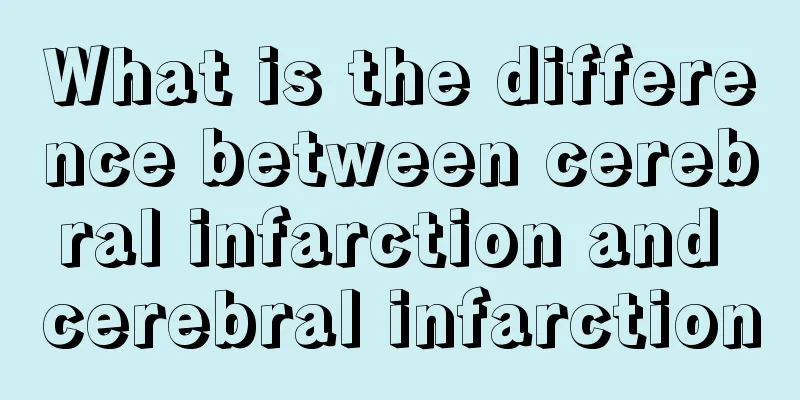Several types of common hereditary kidney cancer

|
Kidney cancer has two forms of onset: hereditary and sporadic. Hereditary kidney cancer accounts for about 4% of all kidney cancers. Common hereditary kidney cancers include the following: Von Hippel-Lindaudiase disease: It is an autosomal dominant genetic disease and a familial tumor syndrome involving multiple systemic lesions. The clinical features are hemangioblastomas of the cerebellum, retina, and spinal cord, renal cell carcinoma, pheochromocytoma, and renal cysts. The incidence of renal cancer in VHL disease is as high as 28% to 45%, and all pathological types are clear cell carcinoma. Clinically, VHL renal cancer is mostly bilateral multiple renal cancer, which progresses slowly and metastasizes late. It is generally believed that when the tumor is small, it can be observed clinically. When the tumor diameter is greater than 3 cm, tumor resection can be performed and the residual kidney should be preserved as much as possible. Hereditary papillary renal carcinoma (HPRC): HPRC is an autosomal dominant genetic disease, and the pathological type of the tumor is all type I papillary renal carcinoma. The clinical characteristics of HPRC are similar to those of VHL disease renal carcinoma, mostly bilateral multiple renal carcinomas, with a later age of onset and slower progression. Tumor resection is generally recommended when the tumor is large. Hereditary leiomyoma renal cancer (HLRCC): HLRCC is an autosomal dominant genetic disease, manifested as renal cancer with multiple skin leiomyoma, multifocal uterine leiomyoma or uterine leiomyosarcoma, among which the pathological type of renal cancer is mostly type II papillary renal cancer. The clinical characteristics of HLRCC are significantly different from other types of hereditary renal cancer. HLRCC is mostly a single tumor occurring on one side, with an early onset age, strong invasiveness, and easy early metastasis. Therefore, early diagnosis and surgical treatment are very important. BHD syndrome: It is an autosomal dominant genetic syndrome involving multiple systems of the body. Typical manifestations are multiple fibrofollicular tumors on the head, neck and upper limbs, and may be accompanied by lung cysts and colon polyps. Most patients have benign skin lesions such as fibrofollicular proliferation. Multiple small round papules on the face, neck and upper trunk are the characteristic lesions of this syndrome. |
<<: What are the serological examination indicators for liver cancer?
>>: Advantages and disadvantages of radiation therapy for skin cancer
Recommend
How to lower creatinine value
Many people do not know how to lower the creatini...
Bloody discharge from the mouth and nose and its treatment methods
We have all experienced nosebleeds. Nosebleeds ar...
Can metastatic rectal cancer be cured?
If we do not maintain good eating habits in our l...
What to do if you feel weak after taking liver cancer medicine? Two ways to deal with the side effects of liver cancer medicine
Anlotinib hydrochloride generally refers to anlot...
Is microcrystalline stone good
Microcrystalline stone is a new type of building ...
What is the problem with athlete's foot
Athlete's foot is what we call Hong Kong'...
The hazards of cedar furniture
Nowadays, people's requirements for home deco...
How can people who don't like to use their brains change
People who don't like to use their brains can...
What to do if you are allergic to gauze
When many doctors clean the patient's wound, ...
Can I use Yifuwang if I have red blood streaks?
Yi Fu Wang is a skin medicine that is mainly used...
How to remove black caries by yourself
Everyone's dental caries condition is differe...
How to remove urea from the toilet
Nowadays, more and more families use toilets, and...
Are there any taboos on mushrooms and celery?
Celery and shiitake mushrooms are both common foo...
What are the early symptoms of cervical cancer and what are the hazards of cervical cancer
Early symptoms of cervical cancer 1. Accompanied ...
For the treatment of acute gastroenteritis, try this measure, it is very effective
The pace of modern life is extremely fast, and th...









